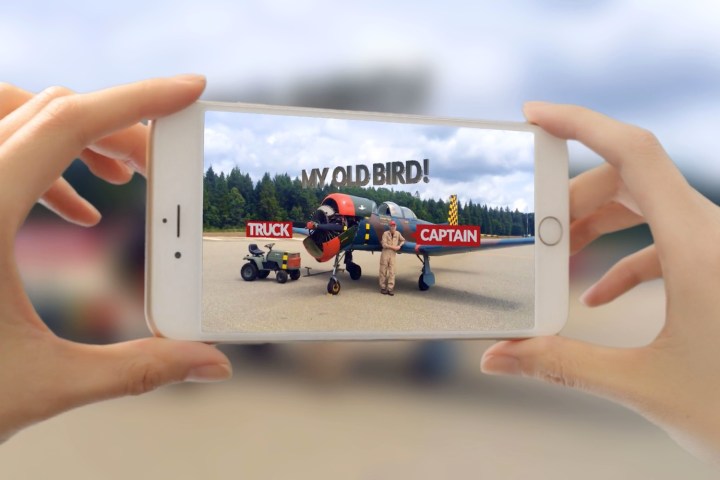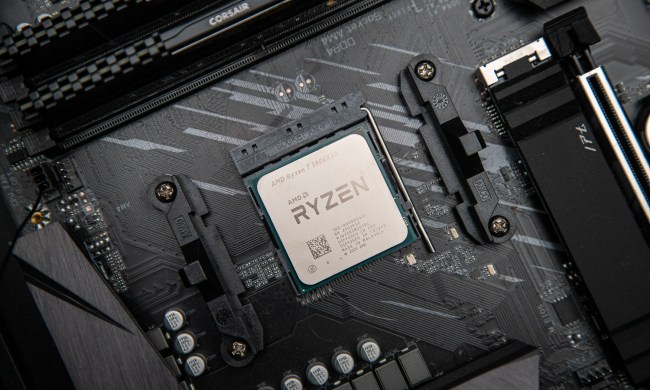
A Fyuse 3D image is like a static 2D photo come alive, with traits of video, animated GIF, parallax and 360-degree panorama; yet, it isn’t any of those. According to Fyuse CEO Radu Rusu, a photo freezes a moment in time, while a video captures moments in a linear timeline — both still flat, when viewed. A Fyuse image captures a moment in space, where you can not only see one side of something, but also around it.
The process is akin to 3D modeling: As you create a Fyuse image (moving around a person or object with your phone’s camera in one direction while holding your finger on the screen), the app maps various points, instead of stitching multiple frames of photos. This is not only how it captures the depth necessary for our eyes to process 3D, but allows for smooth panning when you tilt your phone and layer 3D text on top of the image. Like video, a Fyuse image takes longer to create than simply point and shoot. Besides depth perception, you can also use Fyuse to shoot a 360-degree panorama. And there are practical applications: For example, you could shoot a Fyuse image of an item you are selling on eBay. In the past, to create such an effect, it would require an array of multiple cameras
As a company, Fyusion is comprised of scientists and engineers from the world of robotics, computer vision, and machine learning, which explains the logic behind the app. Rusu says that while Fyusion has developed a lot of cutting-edge technologies, none of them were going to become reality in the consumer space anytime soon. He also saw an opportunity between photography and video, where they can apply their expertise — hence, the app’s creation.
The updated app now lets users track engagement. In developing the app, Fyusion also created a social networking platform, not unlike Instagram. Fyuse images can be shared, you can discover, like, and re-share (called Echoes) other users’ images, and build a network of followers. With engagement tracking, you can see how many times an image has been tilted. According to Rusu, this is more accurate than a simple “like” because it demonstrates actual interaction with a Fyuse image (although it also counts your tilts, so it’s not completely accurate). You can also save an image for private view, or share an exported video to other social networks, like Facebook or YouTube, or embed on a website. Because there’s no third-party support yet, you can’t view a Fyuse image outside of the Fyuse app or Web browser.
Version 3.0 also adds the aforementioned 3D tagging, which the company says it’s the first of its kind. Users can layer 3D graphic that animate accordingly with each tilt, to add some context to the content. Other enhancements include faster compression (capturing all that data requires a lot of space) while maintaining a smooth motion, editing features like adding filters, Force Touch in iOS 9 devices (you can pull up quick-access options from pressing on the app icon), and improved chat portal, tutorials, and shooting options.


